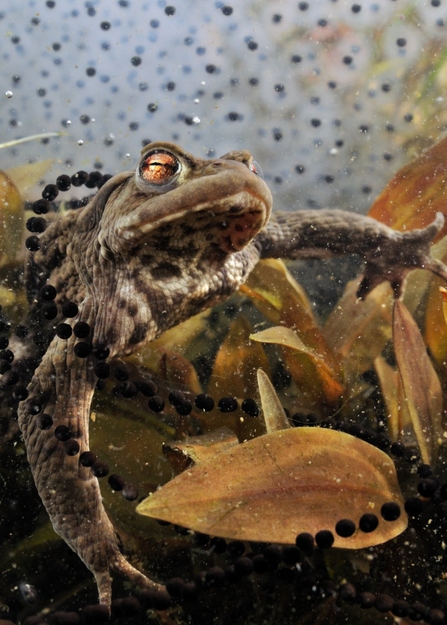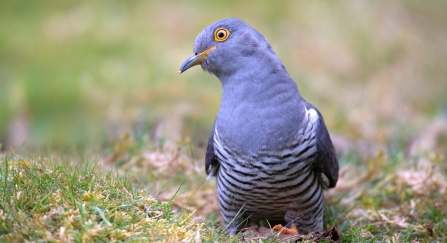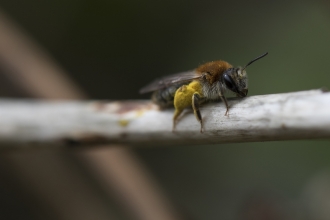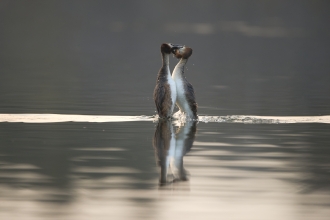Spring signs herald the new life, sunshine and longer days to come, and are a welcome sight after months of gloomy weather. From out in the wide open countryside to the smallest urban parks and gardens, everyone can spot at least one of these signs of spring.
When does spring officially start?
We officially enter spring on the day of the Spring Equinox. This usually happens around 21 March each year: the first day of astronomical spring. That isn’t to say that nature waits until the Equinox to show off her spring signs. These all depend on the climate, as plants and animals time their blossoming, breeding and emergence to coincide with conditions out here in the big wide world. This is why climate change can have such a harmful effect on our wildlife. For example, as the seasons change unpredictably, pollinators may lose synchronicity with the flowering plants they depend on for food.
What are the first signs of spring?
From blossoming flowers to buzzing insects and amorous amphibians, here are some of the first (and best) signs of spring to look out for as you head outside over the coming weeks.
The arrival of migrant birds
The return of some of our favourite spring birds is a bit of a whacky race! Sand martins are usually first to arrive, dropping back into their favoured nest sites around mid-March. Their gorgeous cousins, the petrol-blue house martins, follow closely behind and tend to enter our skies as April arrives. Swallows return around the same time while swifts, with their iconic sickle-shaped wings and joyful screams, bring up the rear, soaring back into the UK between April and May.
The UK’s spring and summer migrant birds aren’t all hirundines (the family of birds that include house martins, sand martins and swallows). Blackcaps, whitethroats, wheatears and warblers all start flooding back to the UK between March and April.














